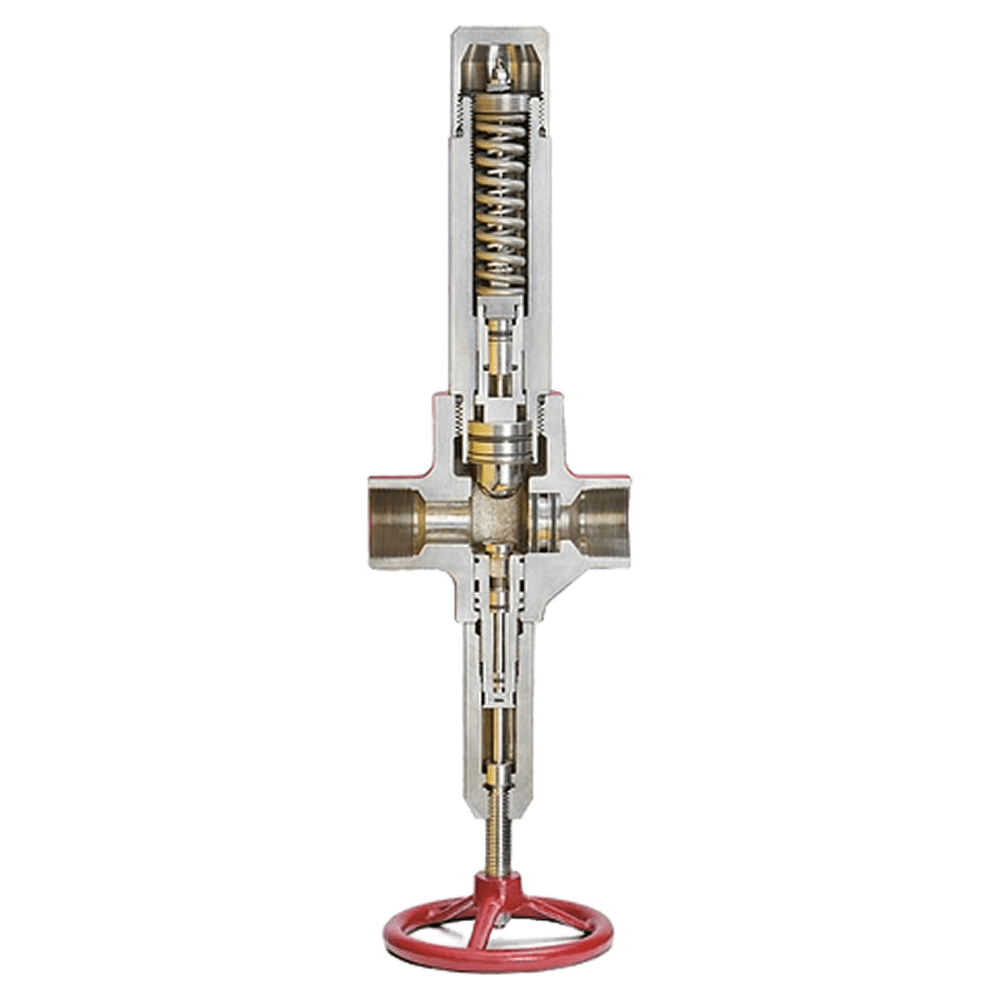Head Office
19A Tombia Street, GRA, Port Harcourt, Nigeria
Canada Office
65 Aspenshire Drive, SW Calgary, Alberta, Canada
Fabrication Yard
Along PH/Owerri Int’l Airport Road, Omagwa, Port Harcourt, Nigeria

Inquiries
Saf-T-Matic ESD
NEW! Kings Energy Services Saf-T-Matic acquires API 6D Certification
The Saf-T-Matic is an essential component for all flow line applications. This is a highly dependable safety valve which automatically controls the shutdown of flow lines when pressures exceed or fall below, pre-determined limits. The Saf-T-Matic Valve can be used in various applications including oil well flow lines, gas lines, hydraulic lines, or in any situation requiring high and low-pressure limits. This system provides complete line protection against high-pressure overloads and/or loss of fluids in the case of a line rupture. The working pressure for the Saf-T-Matic Valve ranges from 15 psi to 15,000 psi.
Design Advantages
Fail-Safe
The Saf-T-Matic surface shut-down valve is held open by control pressure in the Direct Control, Remote Control or Pilot Control Head. A loss of this control pressure, or a mechanical failure within the unit, will close the valve without assistance from another power source.
Manual Opening
Once the Saf-T-Matic closes, it must be opened manually to return it to service. This safety feature prevents accidental automatic opening before desired or required. The balanced stem of the valve allows ease of reopening against high body pressures.
Versatile
The Saf-T-Matic offers several safety system shutdown options including Direct Operated, Remote Operated, Pilot Operated and in combination with other devices and equipment as required by the customer.
Adaptable
Saf-T-Matic valves can be matched to any standard connection and may be installed on wellheads, flow lines and at may other points requiring safety shutdown systems.
Wide Operating Ranges
The Saf-T-Matic valve can operate with control pressures ranging from 15—15,000psi.
Straight-Through Flow
Bore alignment reduces flow turbulence, erosion and pressure drop. Pressure drop is taken at the outlet seat to reduce the possibility of formation of hydrates in the valve.
Non-Freezing
The Saf-T-Matic does not vent to the atmosphere. This reduces or eliminates the possibility of freezing the control head Mechanism.
Field Setting
Pressure settings of the Control Heads may be changed in the field while the valve is in service.

